Want to know how to add Shopify Customers to Mailchimp? If yes, then here in this blog post we will discuss how to connect Shopify with MailChimp.
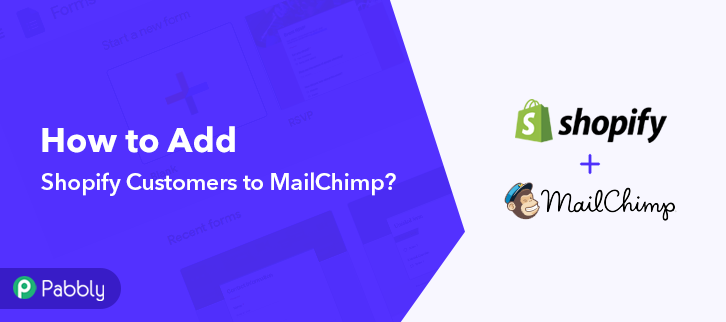
Owning a Shopify store is something very common these days. But to bring the best out of it is something which only some of us can do. Many times to stand out in the market we want to send emails or newsletters to our loyal Shopify customers. And for the same, we use email marketing software like MailChimp to send customized automated emails to prospects.
But generally, we get stuck in between, when comes to how to connect these two software. Then we spent days looking out for services that can connect both software with ease. This is actually a lot of work to do in such a hectic life.
Why Choose This Method Of Integration?
In contrast with other integration services-
- Pabbly Connect does not charge you for its in-built apps like filters, Iterator, Router, Data transformer, and more
- Create “Unlimited Workflows” and smoothly define multiple tasks for each action
- As compared to other services which offer 750 tasks at $24.99, Pabbly Connect proffers 50000 tasks in the starter plan of $29 itself
- Unlike Zapier, there’s no restriction on features. Get access to advanced features even in the basic plan
- Try before you buy! Before spending your money, you can actually signup & try out the working of Pabbly Connect for FREE
But guess what! Here we are saving all trouble by suggesting affordable automation software named Pabbly Connect. It is the best business automation software that lets you create unlimited workflows, integrations, triggers, and actions without knowing any coding skill. The interface of the software is easy even an amateur or newbie can work with it.
Unlike most of the top marketing automation platforms, Pabbly Connects doesn’t restrict you on any features like workflows, filters, and much more even in its free plan.
Here in this article, we will add Shopify customers to Mailchimp using an automation tool i.e Pabbly Connect.
Let’s dive into the Mailchimp Shopify integration process.
Step 1: Sign up to Pabbly Connect
Start the process of connecting Shopify with MailChimp by clicking on the “Sign Up Free” icon on the Pabbly Connect dashboard. Next, either manually fill-up all the details or sign up using Gmail credentials.
Try Pabbly Connect for FREE
Next, to proceed with Shopify and MailChimp integration, click on the “Access Now” button of Connect. Start the process of creating a Shopify – MailChimp workflow for online business automation by clicking the “Create New Workflow” button. Further, add the name of workflow which in our case is “Shopify to Mailchimp”. Nevertheless, you can name the workflow according to your needs. Next, after creating a workflow, you have to choose the integration app to connect your Shopify store to Mailchimp. Using Pabbly Connect one can integrate or connect unlimited apps, tap here to get your access to unlimited workflows. The following step is to select “Shopify” from the dropdown, then choose the “New Customer” option to append every customer data from the software into Mailchimp. The next step is to copy the webhook URL which is appearing on the dashboard. To collect customer’s data from Shopify, you gotta paste the copied Webhook URL in the software. For that, you have to log in to your Shopify account. After login into the Shopify account, go to the “Settings” section on the bottom of the dashboard. Next, when you click on “Settings”, it will open up a tab with a different option. Just click on the “Notifications” option to paste the Webhook URL. Below in the “Notification” tab, you will see the Webhook option, just click on the “Create Webhook” button. As soon as you click on the “Create Webhook” option, it will open up the window with a certain option. In “Event”, choose “Customer Creation” from the dropdown, the “Format” would be JSON. Simply paste the copied URL in the “URL” column. Lastly, click on “Save Webhook” to save the setting. Now, to test the whole integration we will fill out the form of creating an account from the customer end. Just fill all the details and hit the “Create” button. Make sure to hit the “Capture Webhook Response” button in the Pabbly Connect dashboard. Further, when you check the admin end of the store, you will see the entry will appear there. As soon as you click on the “Save” option in the Shopify account, the entry will appear on the “Pabbly Connect” dashboard. Further, click on the “Save” option. To make this Shopify Mailchimp integration work, you have to choose the action for your trigger. Click on the “+” icon to add an action for your trigger. In our case, it is “Mailchimp”. Then, select the “Add New Member” option. After making all the necessary changes, click on the “Connected with MailChimp” button. Further, it will open the authorization window, for which you have to log in to your MailChimp account. To connect Shopify to MailChimp, you need to paste the “Bearer Token” for which you have to log in to your MailChimp account. After login, click on the “Account” on the uppermost section of the dashboard. When you click on “Account” it will open up the new window. There you will see the “Extras” option, simply click on it. Then, click on the “API Keys” option. As soon as you will click on the “Create a Key” button, it will generate the key. Just copy it. Head back to the Pabbly Connect dashboard to paste the API key. So, just paste API Key in the bearer token option, and in the “Data Center” column, mention MailChimp id which appears in the starting of your MailChimp URL. After ensuring all this, click the “Save” button. Next, map the required field from drop-down such as for the email field, select the email option, and for the name field select the name option. Subsequently, after filling all the details, save the setting and then “Send Test Request” to test the Shopify MailChimp integration. Lastly, when you check the Audience section in MailChimp, your entry will automatically appear there. Now you know how to add Shopify customers to MailChimp. This is a one-time process, now all your manual work will be done by the online business automation tool i.e Pabbly Connect. That’s it! Here we provide in detail “how to add Shopify Customers to MailChimp” using the software. We understand how much overwhelming can be a process of connecting two software. This is a reason why people switching towards the best automation tools that can ease the whole work. And, believe us Pabbly Connect is one of the best Zapier alternatives available in the market that doesn’t empty your pockets. Even in its free trial, you get access to every feature. So, don’t wait anymore! Go and grab a deal by signing up for a free account.Step 2: Access Pabbly Connect
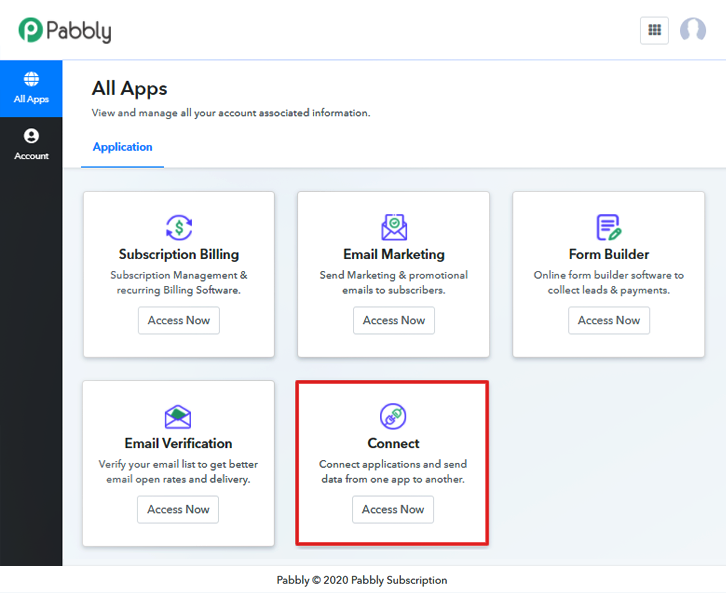
Step 3: WorkFlow for Shopify – MailChimp Integration
(a) Start with a New Workflow
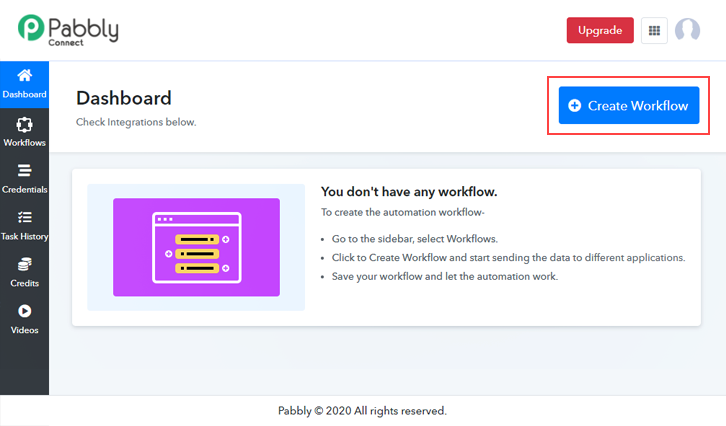
(b) Name the Workflow
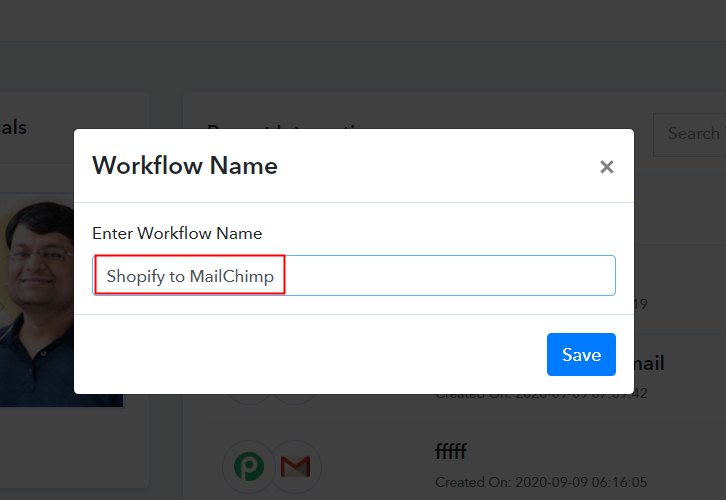
Step 4: Setting Trigger for Shopify – MailChimp Integration
(a) Select Application you Want to Integrate
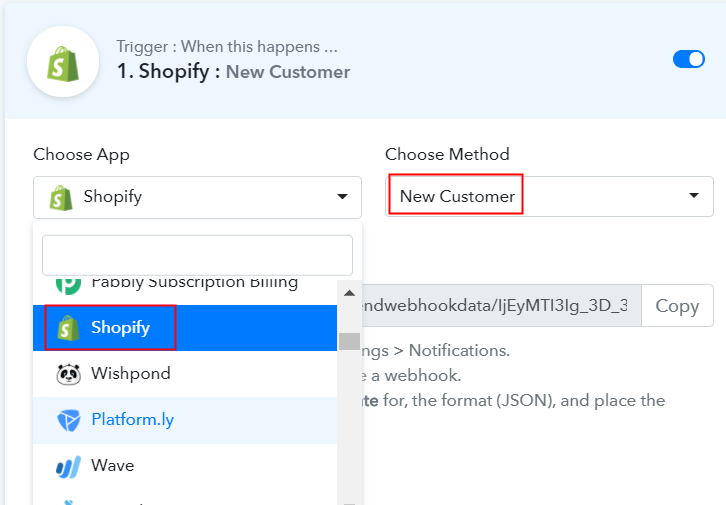
(b) Copy the Webhook URL
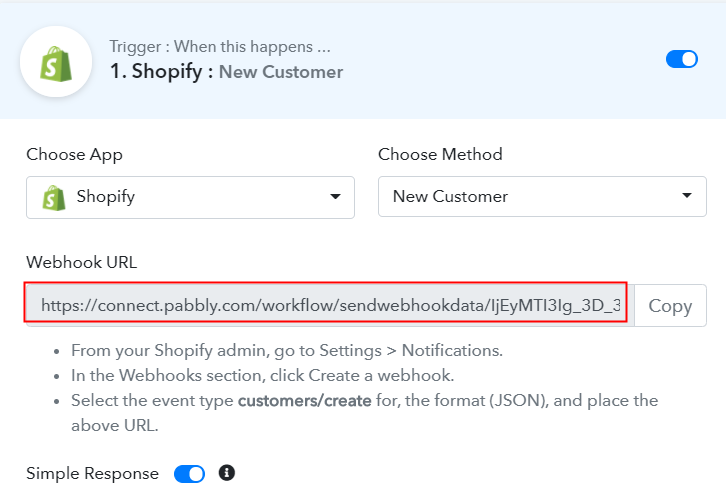
Step 5: Connecting Shopify to Pabbly Connect
(a) Go to Shopify Settings
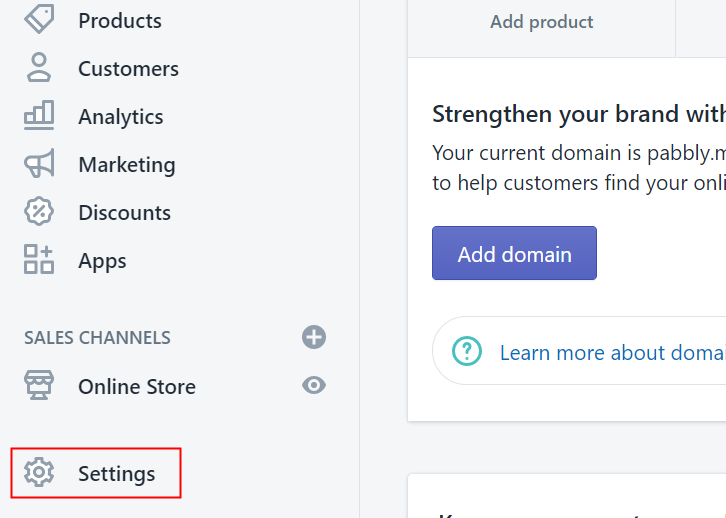
(b) Click on Notifications
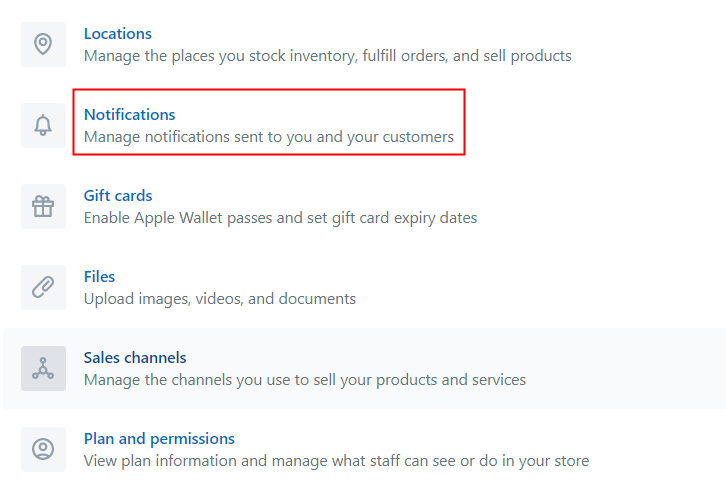
(c) Move to Webhook Option
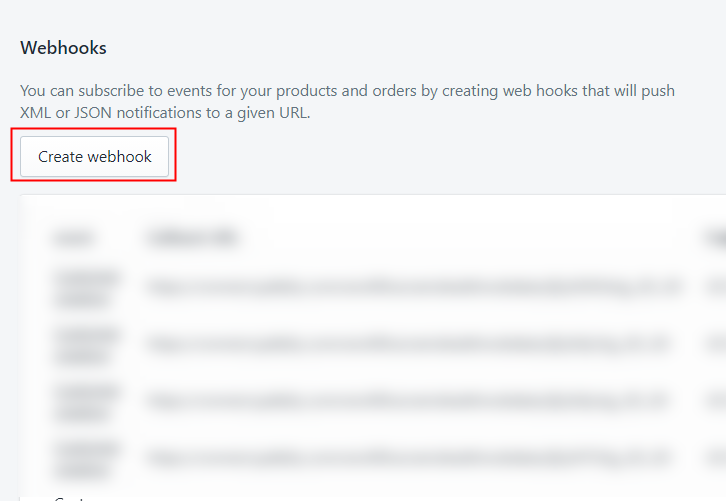
(d) Paste the Webhook URL
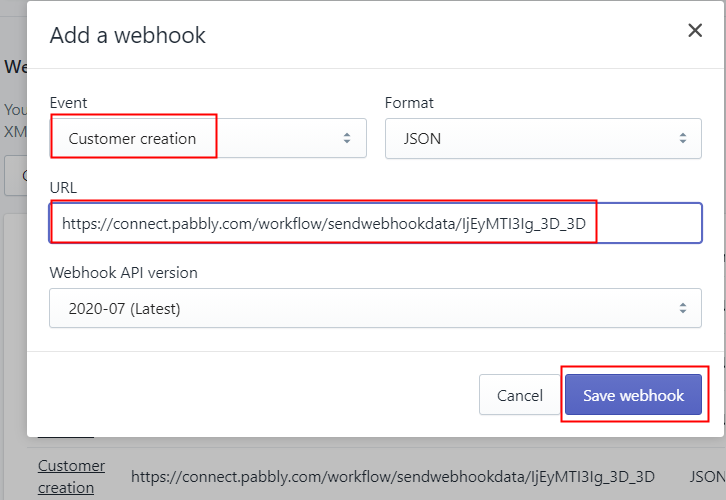
(e) Create Account from Customer End
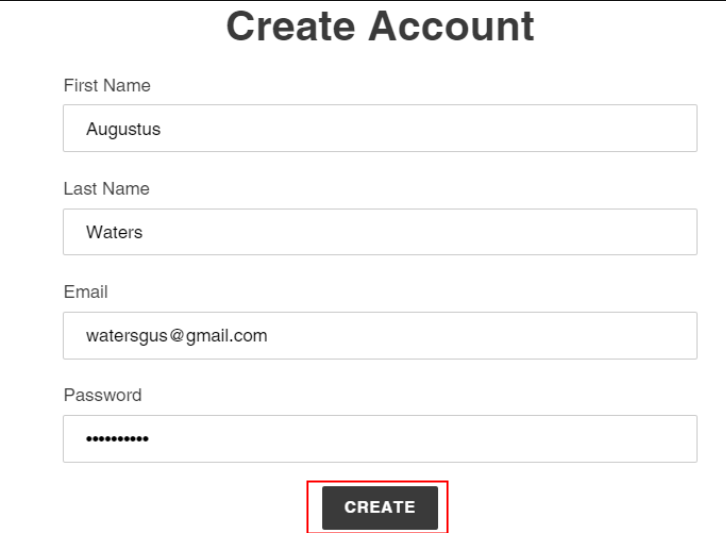
(f) Check Response in Shopify Backend
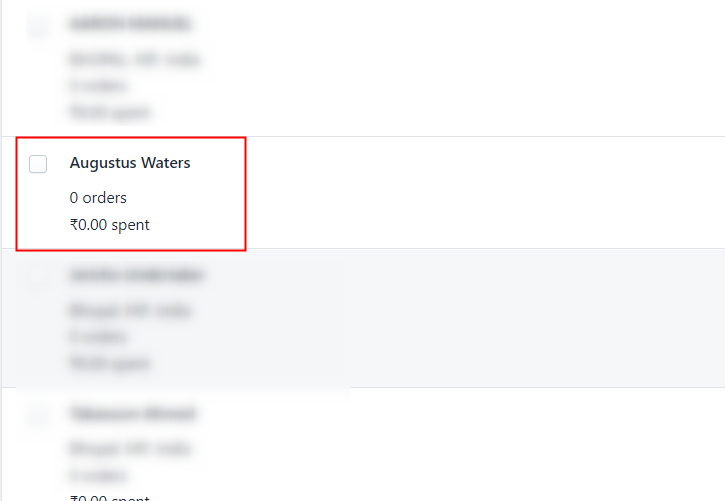
Step 6: Test the Response in Pabbly Connect Dashboard
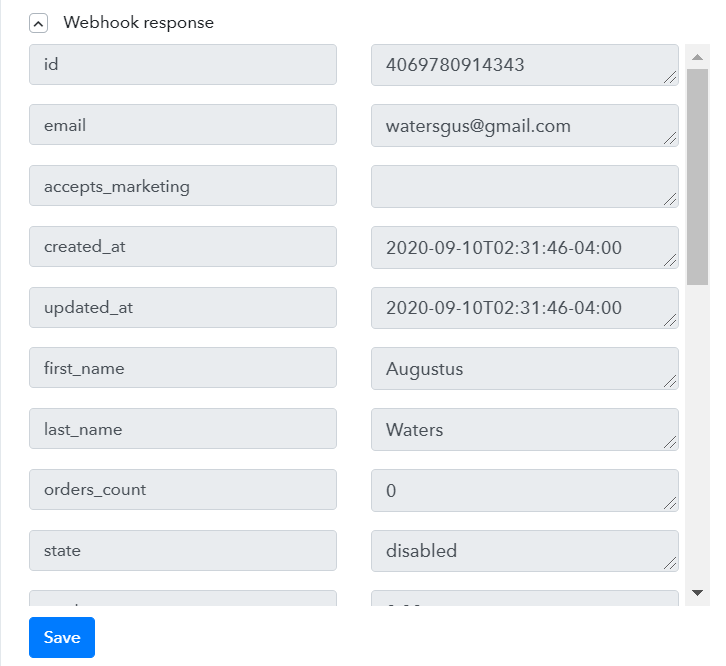
Step 7: Setting Action for Shopify – MailChimp Integration
(a) Select Application you Want to Integrate
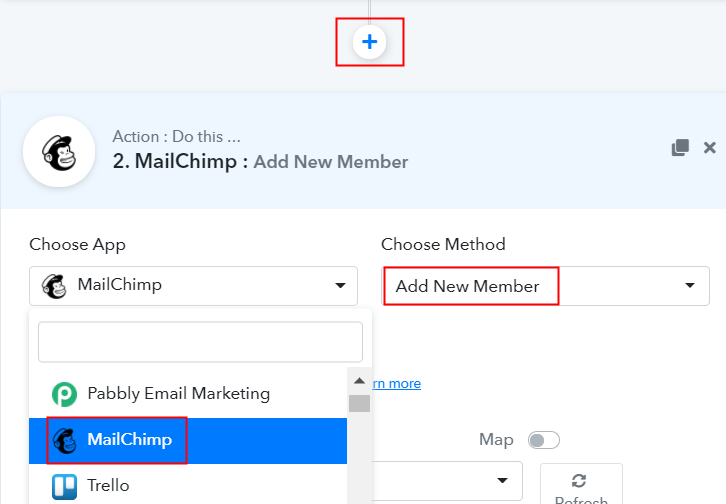
(b) Click the Connect Button
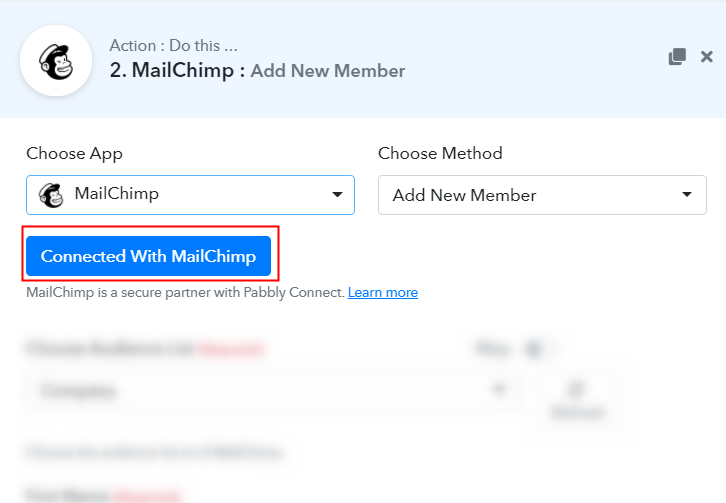
Step 8: Connecting MailChimp to Pabbly Connect
(a) Click on Account
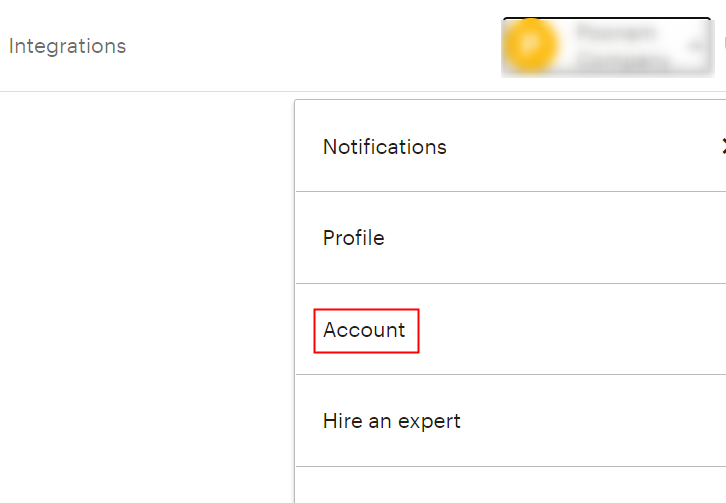
(b) Move to Extras
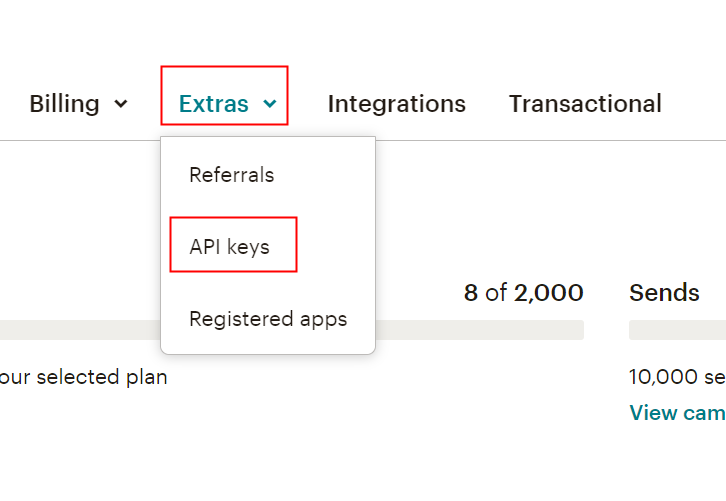
(c) Create a Key
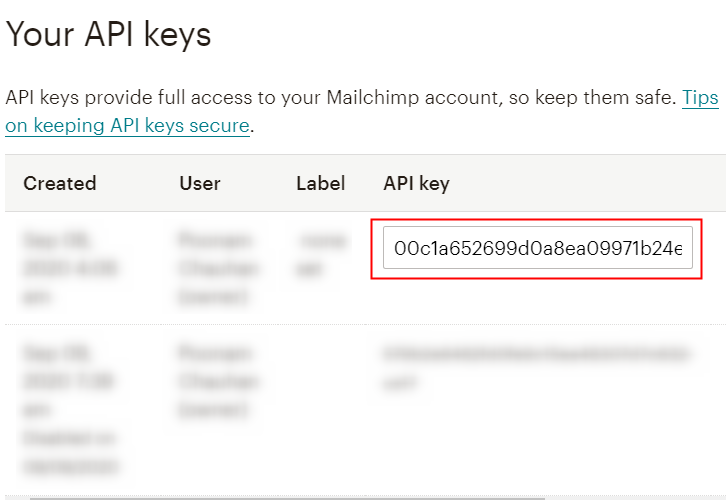
Step 9: Paste API Key in Pabbly Connect Dashboard
(a) Fill API Key
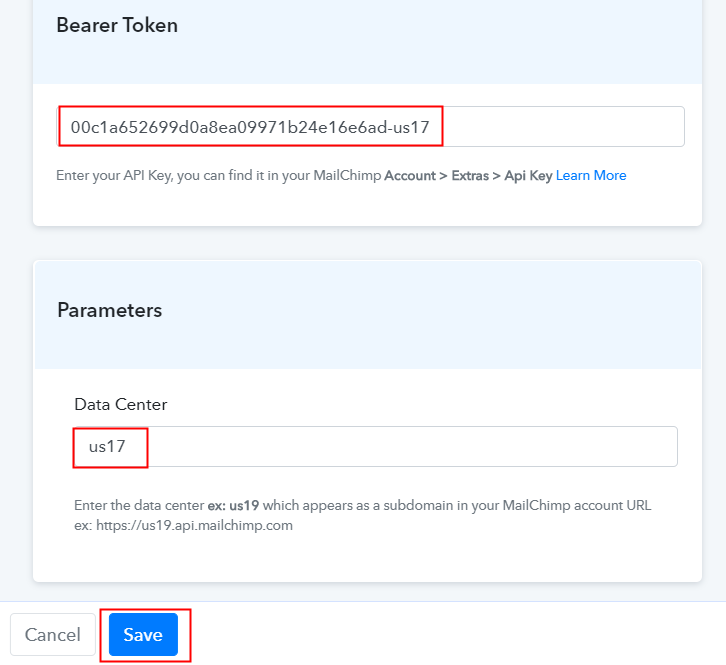
(b) Map Field Data
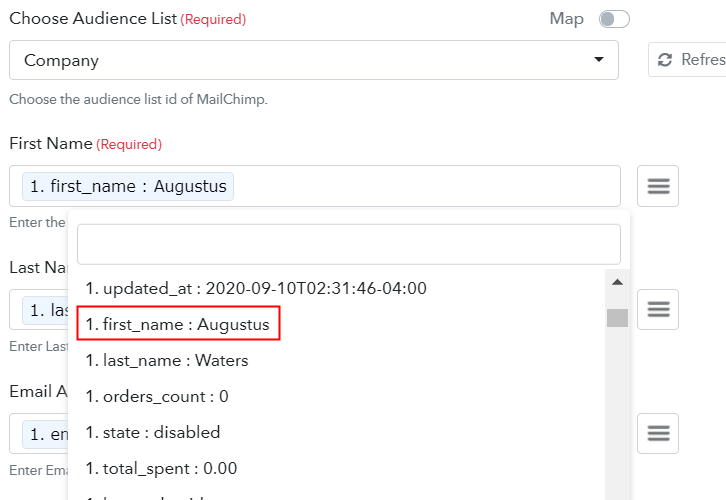
(c) Save and Send Test Request
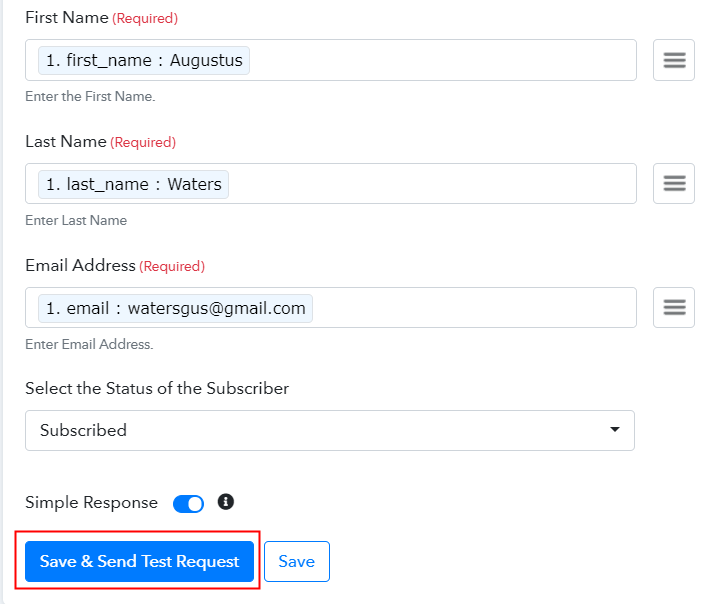
Step 10: Check Response in MailChimp Dashboard
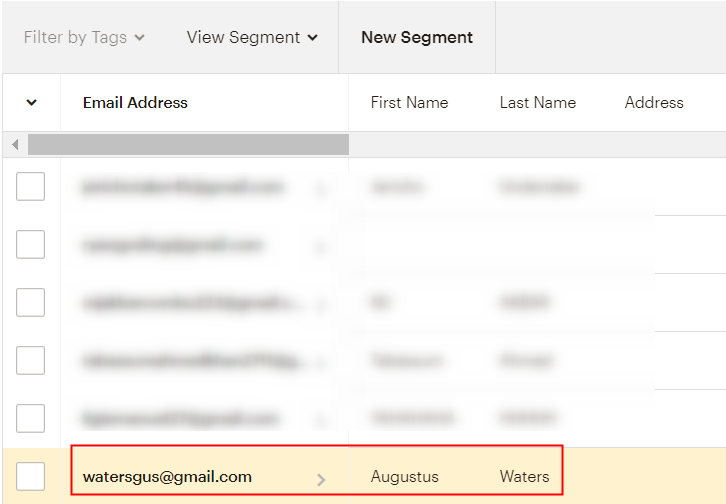
Conclusion –
You May Also Like To Read –







